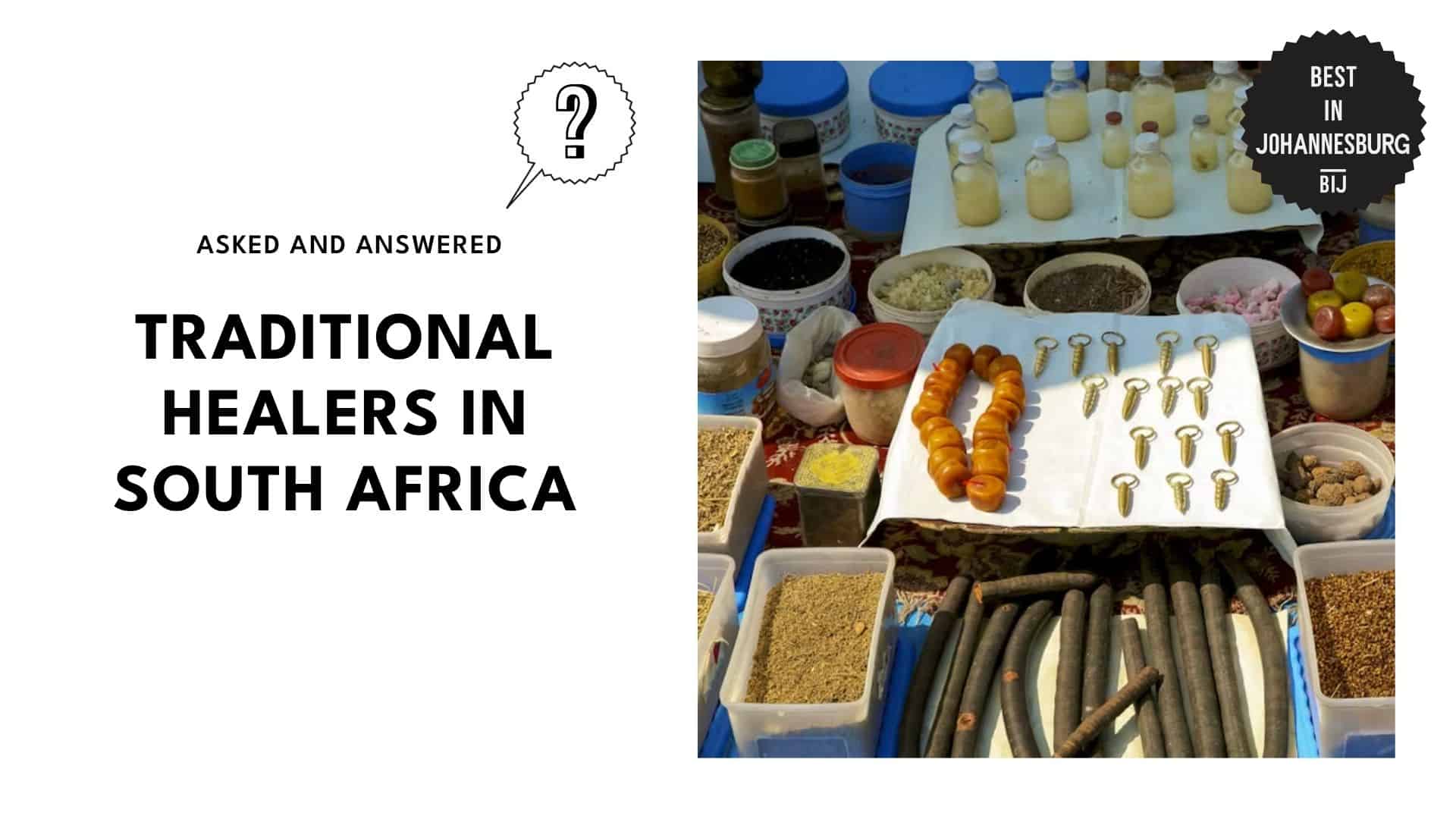Categories > Guides and Tips

All You Need to Know about South Africa’s Weather
- What is the climate in South Africa like?
- Western Cape
- Northern Cape
- Eastern Cape
- KwaZulu-Natal
- Free State
- Does South Africa have different seasons?
- Wet and dry
- Spring
- Summer
- Fall
- Winter
- Is South Africa affected by climate change?
- Causes
- Fossil Fuels
- Waste Mismanagement
- Livestock Farming
- Deforestation
- Effects
- Unpredictable Weather
- Worsening Economy
- Infrastructure Loss
- Animal Extinction
- Frequently Asked Questions
Apart from its beautiful tourist spots, there are a lot of interesting things about South Africa, one of which is its unique climate.
It’s known to have unpredictable weather conditions ranging from both warm to cold temperatures. Get a closer look at the different reasons why South Africa has different climates below.
Why does South Africa have different climates?
South Africa has different climates because it is surrounded by two contrasting big oceans that affect weather.
On its west coast is the Atlantic Ocean, which results in a colder climate. Meanwhile, on the east is the Indian Ocean, which leads to a warmer temperature.
What is the climate in South Africa like?
The climate in South Africa ranges from cool to warm weather conditions, varying in the different regions of the country.
Western Cape

The Western Cape has a generally Mediterranean climate with dry summers and wet winters. Since it’s near the coast, its temperature goes from as low as 15 degrees Celsius to as high as 27 degrees Celsius.
Mossel Bay in the Western Cape is described to have the best weather in the world with an annual temperature average of 17.7 degrees Celsius.
Northern Cape

Northern Cape is known as the province of weather extremes, with both hot and cold temperatures all throughout the year.
During the summer of 1948, it reached an alarming 51.7 degrees Celsius in the Kalahari near the town of Upington. As a result, it became one of the highest-recorded temperatures in the world.
In contrast to that, winter in the Northern Cape drops to -15 degrees celsius, particularly in the town of Sutherland near the western Roggeveld Mountains.
Eastern Cape

Known as one of the coldest regions of South Africa, the Eastern Cape’s daily temperatures reach up to 24 degrees Celsius.
November is its sunniest month with 9 hours of sunshine per day. Meanwhile, June is when the sun shines the least in this region.
On another hand, January has the highest average of rainy days in the region, during its summer season. By contrast, it rains less during July, which is in wintertime.
KwaZulu-Natal

KwaZulu-Natal is a region stretching for 600 kilometres that’s popular for its beaches, particularly in Durban. It has beautiful tourist spots with a perfect view of the Indian Ocean.
It has generally humid and subtropical weather because it’s by the North Coast. During summer, it’s often hot and humid while it’s mild and dry during the winter.
Free State

The Free State is located in the central part of South Africa and is one of its well-known provinces. Its weather is described to have warm summers and cold winters.
Since it has a semi-desert area, its temperature often changes from day to night. The towns of the eastern part of this region encounter harsh snowfalls and brief bursts of rain.
Meanwhile, its western part is often hot and sunny, especially during the summer.
Does South Africa have different seasons?
South Africa has different seasons including wet and dry, spring, summer, fall, and winter.
Wet and dry

With an average of 2,500 hours of sun every day, South Africa is generally known as a dry country with a semi-arid climate.
Meanwhile, its rainfall average reaches about 464 millimetres. This number is around half of the world’s rainfall average of 860 millimetres.
Spring

The months of September to November are considered the spring season in South Africa. The weather gets warmer first in the northern province of Limpopo, followed by the desert regions of the Northern Cape and North West.
On another hand, the southwest part of the country maintains a cold and wet climate similar to Mediterranean weather. These areas get more rain as the humidity rises.
Summer

Summer in South Africa is during the months of December, January and February. Most of the country is engulfed in warm and sunny weather but with sudden bursts of rain.
Certain places in the nation like the Karoo and Northern Cape get very hot during this season. The high temperature is said to be worse in Northern Limpopo and KwaZulu-Natal.
Rain is also very common in many parts of South Africa during summer, resulting in more green-coloured grounds. However, Cape Peninsula is an exception where the area stays sunny and clear-skied all throughout the season.
Fall

Autumn or the fall season in South Africa is generally warm and has less rain compared to summer. It starts in March and ends in May, eventually leading to wintertime.
During this time, the dry season on the Cape Peninsula comes to an end because of its similarity to the Mediterranean climate. It’s a good opportunity to explore the country because of the sunny and bright days, and warm nights.
Winter

Contrary to what most people expect, South Africa’s winter season from June to August is filled with a sunny climate and cloudless blue skies. However, it does have certain areas in the country with heavy snow.
Cold fronts usually start from the Western Cape to the Northern Cape. Snow usually accumulates in the mountains, resulting in a chilly climate all over the country.
Meanwhile, the KwaZulu-Natal coast has hot and humid weather during this season. Although it has cold nights, it’s generally sunny and warm during the day.
Is South Africa affected by climate change?
South Africa is affected by climate change, resulting in higher ground temperatures, worse changes in rain patterns, and bigger chances of extreme droughts.
Causes
Climate change in South Africa is mainly caused by human action. The most pressing issues related to it are the following:
1. Fossil Fuels

The burning of fossil fuels is one of the biggest contributors to climate change in South Africa. This mainly refers to burning oil, natural gas and coal to produce energy, particularly electricity in the area.
2. Waste Mismanagement

The lack of education on proper waste management results in worsening the climate change situation in South Africa. Knowing how to properly segregate different items paves the way for people to better appreciate the importance of recycling.
Recycling lessens the overall waste in the country and more trees are saved in the long term.
3. Livestock Farming

Little do many people know that livestock farming causes climate change to take a turn for the worse. Raising animals on farms results in an increase in greenhouse gas emissions.
The two main greenhouse gases produced by livestock farming are methane and nitrous oxide. As a result, it leads to greenhouse gas pollution, which is detrimental to the environment.
4. Deforestation

Deforestation refers to cutting down trees to clear out a certain patch of land. In South Africa, certain rainforests have been eradicated leading to more climate change issues.
Since forests and trees store carbon, once they are burned, this said carbon will be released back into the atmosphere as carbon dioxide. Consequently, it contributes to global warming getting worse.
Effects
Climate change does not only affect the state of South Africa’s surroundings, but it also influences different parts of their society.
1. Unpredictable Weather

Because of climate change, it’s getting more difficult to accurately predict the weather in South Africa. In 2015, the country had its lowest annual rainfall average since 1904.
In the same year, Cape Town had an abnormally high temperature of 42 degrees Celsius which has been the biggest for the last 100 years.
The other effects of climate change on the weather of South Africa include more hot days, more heat waves, lesser frost and greater fire risks.
Having said that, this increases the likelihood of floods, droughts and storms in the country which has long-term impacts on the people and their surroundings.
2. Worsening Economy

The economy of South Africa takes the biggest hit due to climate change. It decreases the productivity of various industries in the country.
Rising temperatures and increasing unpredictability of the weather greatly affect many sectors, especially agriculture.
Since it heavily relies on the state of the environment, some goods may not be produced on time because of sudden rains or prolonged droughts.
In turn, the yield of agricultural products will decrease. Not only will it worsen the food insecurity problem in the country but it will also lessen the rate of exports to other nations.
According to an analysis by the Foreign Policy Research Institute (FPRI), if this is not resolved, the gross domestic product (GDP) of Africa could decline by 3% by 2050.
3. Infrastructure Loss

The number of tropical cyclones is expected to rise over the years, as the world continues its battle against climate change. As a result, it increases the risk of various kinds of infrastructure being damaged.
This is especially important for areas near the coast which have several buildings, roads and bridges which could suffer big damage when strong winds or floods happen.
An example of this is Cyclone Idai in March 2019, which affected 2.2 million people in South Africa. It had a death toll of 2,000 people along with damages done to over 100,000 homes and crops.
The total infrastructure loss of this incident amounted to more than 773 million US Dollars (USD).
4. Animal Extinction

Although South Africa has one of the biggest numbers of unique species in the world, it’s facing the possible extinction of these animals because of climate change.
This is caused by the loss of their homes and lack of resources for their survival. According to a report by the Centre for Environmental Rights, 14% of plants, 17% of mammals and 15% of birds are at risk for extinction.





